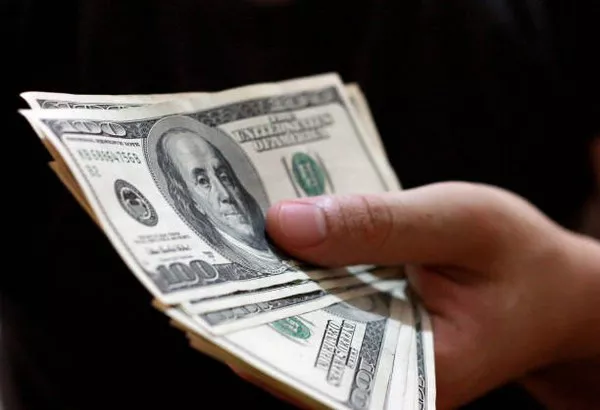The two-dollar bill, often overlooked in day-to-day transactions, holds a special place in the realm of American currency. Among the various iterations of this denomination, the 1976 $2 bill stands out as a symbol of bicentennial celebration and historical significance. In this article, we delve into the intricacies of understanding the worth of a 1976 $2 bill, exploring factors that influence its value and providing insights for collectors and curious enthusiasts alike.
Factors Influencing Value:
Condition:
The condition of any banknote significantly impacts its value, and the 1976 $2 bill is no exception. A bill in pristine, uncirculated condition will naturally command a higher price than one that shows signs of wear from circulation. When evaluating the condition of a bill, collectors pay close attention to factors such as folds, creases, stains, and overall crispness.
Rarity:
While two-dollar bills are not exceedingly rare in general circulation, certain factors can affect the scarcity of the 1976 $2 bill. Understanding the nuances of print runs, variations in design, and production numbers can provide insights into the relative rarity of specific bills. For example, bills with unique serial numbers or printing errors may be more sought after by collectors, thus increasing their value.
Demand:
The demand for a particular banknote can fluctuate over time, influenced by factors such as historical significance, cultural relevance, and trends within the collecting community. The bicentennial theme of the 1976 $2 bill, commemorating the 200th anniversary of American independence, adds an extra layer of appeal for collectors interested in patriotic memorabilia. Monitoring current market trends and sales data can offer valuable insights into the prevailing demand for these bills.
Market Value:
Current Valuation:
As of [insert current year], the market value of a 1976 $2 bill typically ranges from [insert price range] for bills in circulated condition to [insert price range] for uncirculated specimens. It’s essential to consult recent sales data and reputable sources within the numismatic community to get an accurate assessment of current market prices.
Factors Affecting Value:
Beyond the intrinsic value of the paper and ink, the worth of a 1976 $2 bill is shaped by a combination of factors. Collectors place a premium on bills with minimal wear and tear, as well as those with unique characteristics such as sequential serial numbers or printing anomalies. The rarity of certain design variations or production runs can also drive up prices, especially if accompanied by historical significance or collector appeal.
Comparison:
In comparison to other denominations and collector’s items, the value of a 1976 $2 bill may seem modest at first glance. However, within the niche world of currency collecting, these bills hold a special allure for enthusiasts drawn to their bicentennial symbolism and historical context. When considering investment potential, it’s essential to weigh the inherent value of the bill against broader market trends and personal collecting goals.
Authenticity and Identification:
Tips for Authenticity:
To ensure the authenticity of a 1976 $2 bill, collectors should familiarize themselves with the key security features and design elements characteristic of genuine currency. These may include watermarks, security threads, and microprinting, among others. Additionally, consulting trusted sources or seeking professional authentication can provide added peace of mind when acquiring new additions to a collection.
Visual References:
Visual aids such as detailed photographs or illustrations can aid in the identification of authentic 1976 $2 bills. Highlighting specific features unique to this particular issue, such as the bicentennial design elements or variations in printing quality, can assist collectors in distinguishing genuine bills from counterfeits or replicas.
Collecting and Investing:
Collecting Tips:
For collectors seeking to add a 1976 $2 bill to their collection, patience and diligence are key virtues. While these bills may not be as scarce as some other denominations, finding one in pristine condition or with desirable attributes can require perseverance. Establishing connections within the numismatic community, attending coin shows, and utilizing online marketplaces are all viable strategies for acquiring new additions to a collection.
Investment Potential:
While the primary motivation for collecting 1976 $2 bills may be rooted in historical interest or personal enjoyment, there is also potential for long-term investment growth. As with any collectible item, the value of these bills may appreciate over time, particularly if demand remains strong and the supply of well-preserved specimens diminishes. However, collectors should approach investment with caution and prioritize their passion for the hobby above the pursuit of financial gain.
Conclusion:
In conclusion, the value of a 1976 $2 bill extends far beyond its face value as legal tender. As a tangible piece of American history, these bills serve as a reminder of our nation’s bicentennial celebration and the enduring legacy of freedom and independence. Whether pursued as a hobby, an investment, or simply as a curiosity, understanding the factors that influence the worth of these bills enriches the collecting experience and fosters a deeper appreciation for the artistry and craftsmanship of our currency.


